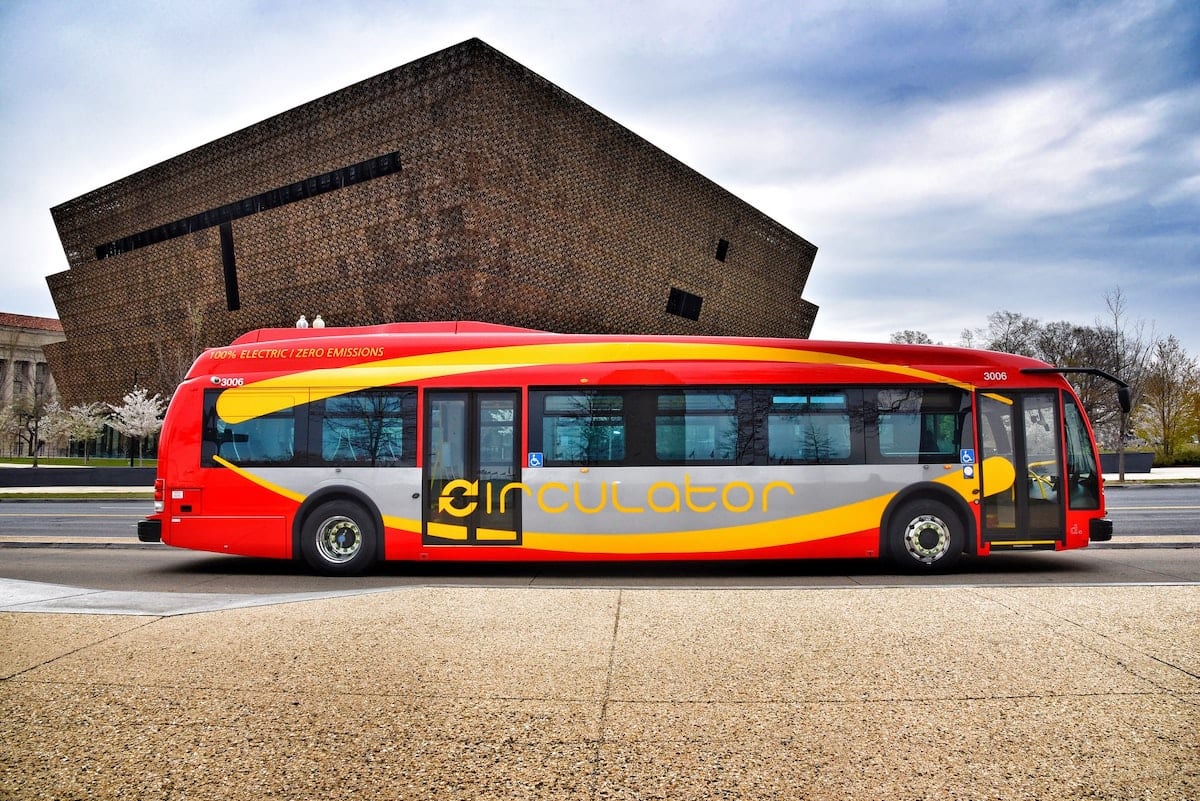Part of fighting climate change is reducing emissions from the transportation sector. Transportation is one of the biggest contributors to U.S. greenhouse gas emissions. Transportation accounted for the biggest portion (28 percent) of all U.S. GHG emissions in 2018. In California, the most populous state, transportation is the biggest source of greenhouse gas emissions, accounting for about 40 percent of the state’s emissions.
While heavy-duty vehicles (HDVs) make up about five percent of all vehicles on road, they generate over 25 percent of all emissions from the transportation sector. Addressing the emissions from HDVs is crucial to reducing the transportation sector’s emissions. A battery-electric bus is the lowest-carbon option in every part of the nation, according to the Union of Concerned Scientists. The good news is that battery and fuel cell electric trucks and buses already operate in cities across the U.S. The fleets of electric buses continue to expand. One of those reasons is that some cities have committed to 100 percent zero-emission transit buses in their fleets. Two of those cities are New York and Los Angeles, which represent the nation’s two largest bus fleets.
The Future for Zero-Emission Commercial Transportation
Manufacturers recognize that the future of the commercial vehicle industry is zero-emissions, according to a new report. The report by the International Council on Clean Transportation, Propulsion Quebec, and the Environmental Defense Fund identifies at least 125 zero-emission truck models either in production, development, or demonstration. Commercial trucks and buses are the “next wave in the global transition to electric mobility,” the report states.
The market for zero-emission HDVs is just beginning to grow. In 2019, only 600 units sold in the U.S. and Canada, up from 100 units in 2015. The combined sales in both countries only made up a tiny portion of the global market last year, representing less than 0.1 percent of the commercial truck and bus market. The transit bus sector represents the largest portion of zero-emissions HDVs but only represents three percent of sales in 2019. However, over the last five years, commercial activity in electric heavy-duty vehicles surged. Dozens of manufacturers in the industry significantly invested in electric HDVs. The report predicts that the transition to electric heavy-duty vehicles will accelerate over the next decade.
The expected growth of the market for Electric Heavy-Duty Vehicles
Experts expect the number of available models to double in the U.S. and Canada by 2023. “We expect the market to continue to accelerate,” said Ben Sharpe, Senior Researcher at the International Council on Clean Transportation. “With ambitious policies such as California’s Advanced Clean Trucks regulation coming into effect over the next few years, as well as steadily decreasing costs for zero-emission technology, the race to zero is heating up fast.”
The electric truck market will reach $1.89 billion globally by 2027, at a 25.8 percent compound annual growth rate (CAGR), according to a report released in August by Allied Market Research. In 2019, the global electric truck industry had an estimated value of $422.5 million but is expected to hit $1.89 billion by 2027. The heavy-duty electric vehicle segment is expected to grow the fastest at a 31.8 percent CAGR.
Photo by Mario Sessions on Unsplash


